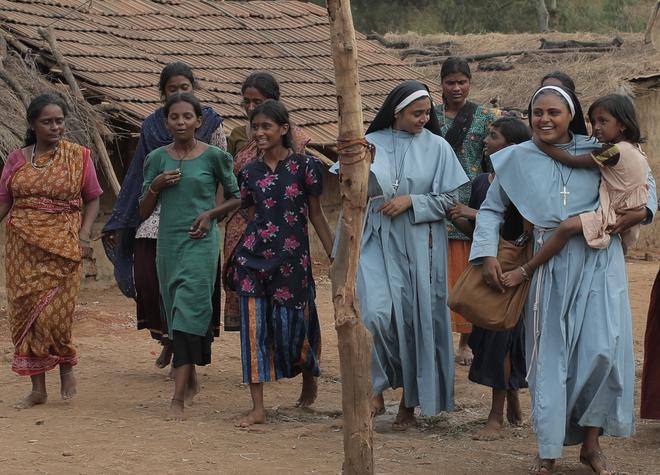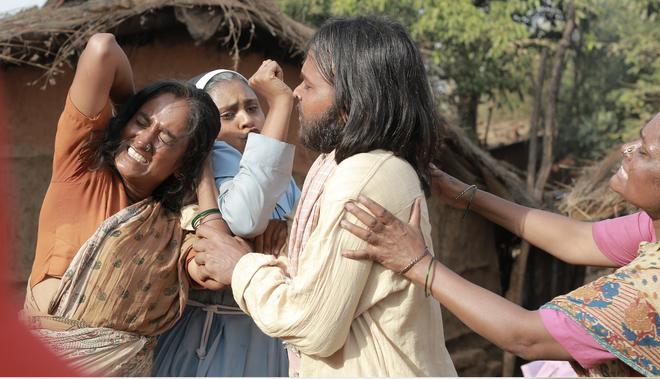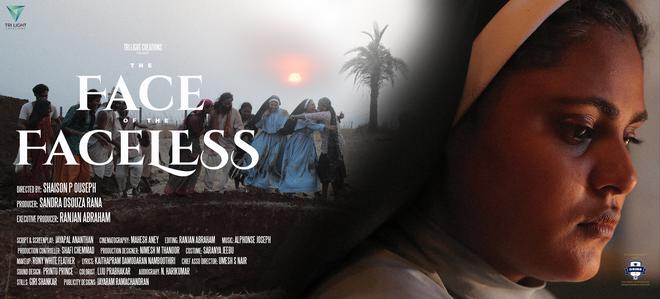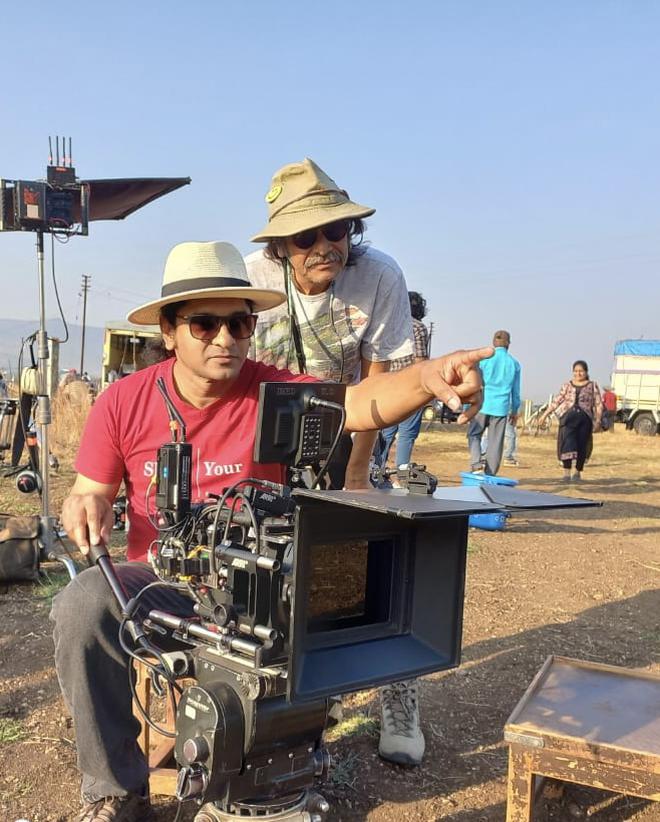For Sister Rani Maria, a nun from Kerala, her posting at Udainagar, 58 kilometres from Indore, Madhya Pradesh, was another destination to help indigent tribes in the area. Her work with tribal communities in Bijnor, Uttar Pradesh and Satna, Madhya Pradesh, had helped her gain an understanding of the myriad problems of the downtrodden.
Realising that the tribal community was exploited by rapacious moneylenders in the area, she tried to empower the tribals by giving them information on government subsidies and loans, which would free them from the grip of the moneylenders. In the process, she antagonised some of the them who felt threatened by her work. During the five years she worked in Indore, Sister Rani Maria, an activist and social reformer, created self-help groups so that they could avail of government loans and subsidies. She helped the tribals to farm their lands. Thus the landlords were unable to get cheap labour for their farms. She also sought legal help to stop the exploitation by the zamindars.
On February 25, 1995, 41-year-old Rani Maria had to pay with her life as a local farmer murdered her on the behest of those she had angered.
A nun’s story
Pulluvazhiyil Ninnum Punnyavazhiyilek (From Pulluvazhi to the Path of Holiness), a book by Aerthayil Babychen, traces the life of Rani Maria, from her birth in a village at Pulluvazhi, in Ernakulam district in Kerala to her death. He writes about her work among the downtrodden and how the nun’s family had forgiven the killer, Samundar Singh. Sister Rani Maria was beatified at Indore in 2017.

The book caught the attention of Dr. Shaison P Ouseph, Associate Dean (technical and administration) and head of the department of Film, Television and Digital Video Production at St. Xavier’s College, Mumbai.
Shaison discovered there was a lot of content in the book “about her life and her extraordinary work among the marginalised. It was her mother’s and sister’s act of forgiveness that I wanted to highlight. They met the killer and gave him their forgiveness. Forgiveness is a crucial component in anyone’s journey towards healing. This act was an important aspect of her life. I began writing the story from that angle and that is the essence of the movie.”
Finding a producer proved to be extremely difficult. Shaison says he was disappointed that even the church did not come to his rescue. “I approached the church and many other people. When they heard it was about a nun, they were not willing to finance it,” says Shaison.

When he narrated the story to his friends and colleagues in India and abroad, they all encouraged him and agreed with him that it was a story that ought to be made into a film. That motivated Shaison and he began working on the script.
That is when St. Xavier’s Dean, Sandra Dsouza Rana of Tri Light Creations in association with Paris-based Don Bosco International Media Academy (DBIMA), joined hands to produce the film, The Face of the Faceless, which will be premiered in Mumbai on August 13.
Made in Hindi and dubbed in Malayalam, at present, the movie is being dubbed into French and Spanish at the DBIMA.

Shaison says: “I believe that stories have a powerful way of communicating in all languages. From childhood, I have been enamoured of stories from the past, present and of the future. I was convinced that the story of Sister Rani Maria is an inspirational one that had to be told through the medium of cinema.”

To do justice to the script, Shaison spent nearly 15 months, travelling to each of the places that Rani Maria had worked in. He spoke to the people she worked with and the communities she worked for. He also met Samundar Singh and spent several days with him to understand why he committed the murder.
Painstaking research
“We travelled in summer to the places where Rani Maria had lived to understand what she had experienced. It was only after completing our research that we began writing the script. I wrote a skeletal script in English and then Jayapal Ananthan did it in Hindi.”
Once, the script was completed, Shaison approached several leading actors in Malayalam cinema to play the protagonist. “Although, they liked the script, they did not give me dates.”
Film director Lal Jose suggested Vincy Aloshious, winner of the 53rd Kerala State film award for the best actor (female). Film editor Ranjan Abraham affirmed that she would be a good choice. And the shooting began in January 2022 and by June, they completed the work.
“We shot for about 40 days for the two-hour movie; the budget came up to around ₹6 crore. Vincy has dubbed in Hindi for the character as she plays a nun from Kerala. We have 150 actors from 15 states acting in the film that has been shot in Madhya Pradesh, Maharashtra and Kerala.”
Alphons Joseph has scored the music for the movie. The lyrics in Malayalam is by Kaithapram Damodaran Namboodiri.
Shaison hopes to release the Malayalam version in the second week of September.
“I am sure that this film will touch people. She did so much for humanity. It is unbelievable that one woman could do so much in her life.”







